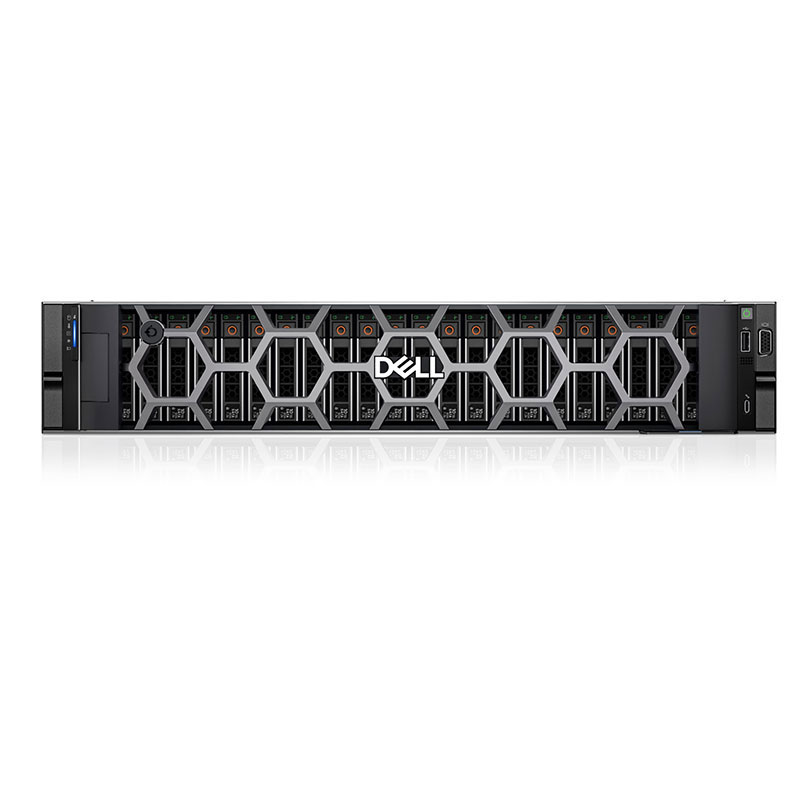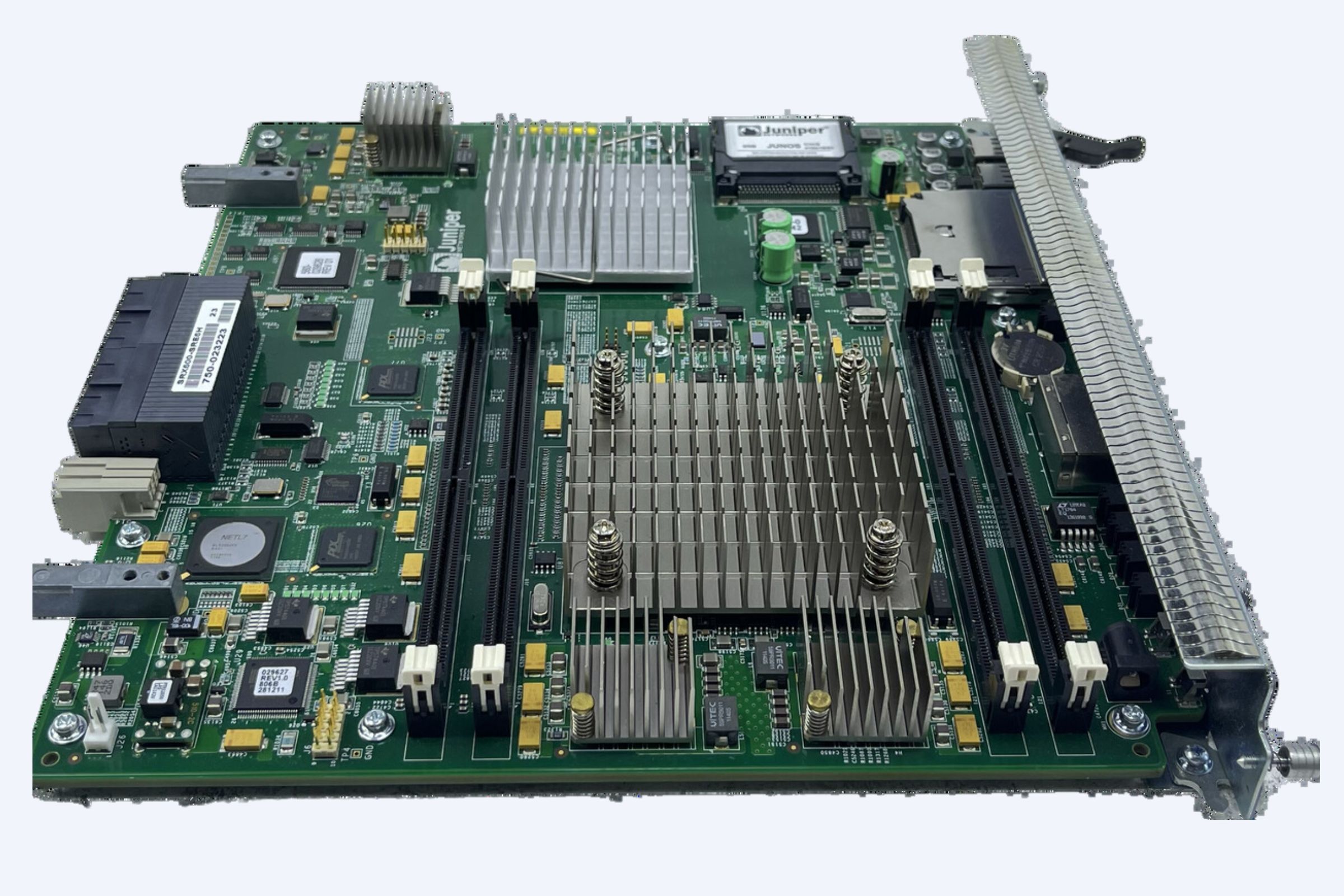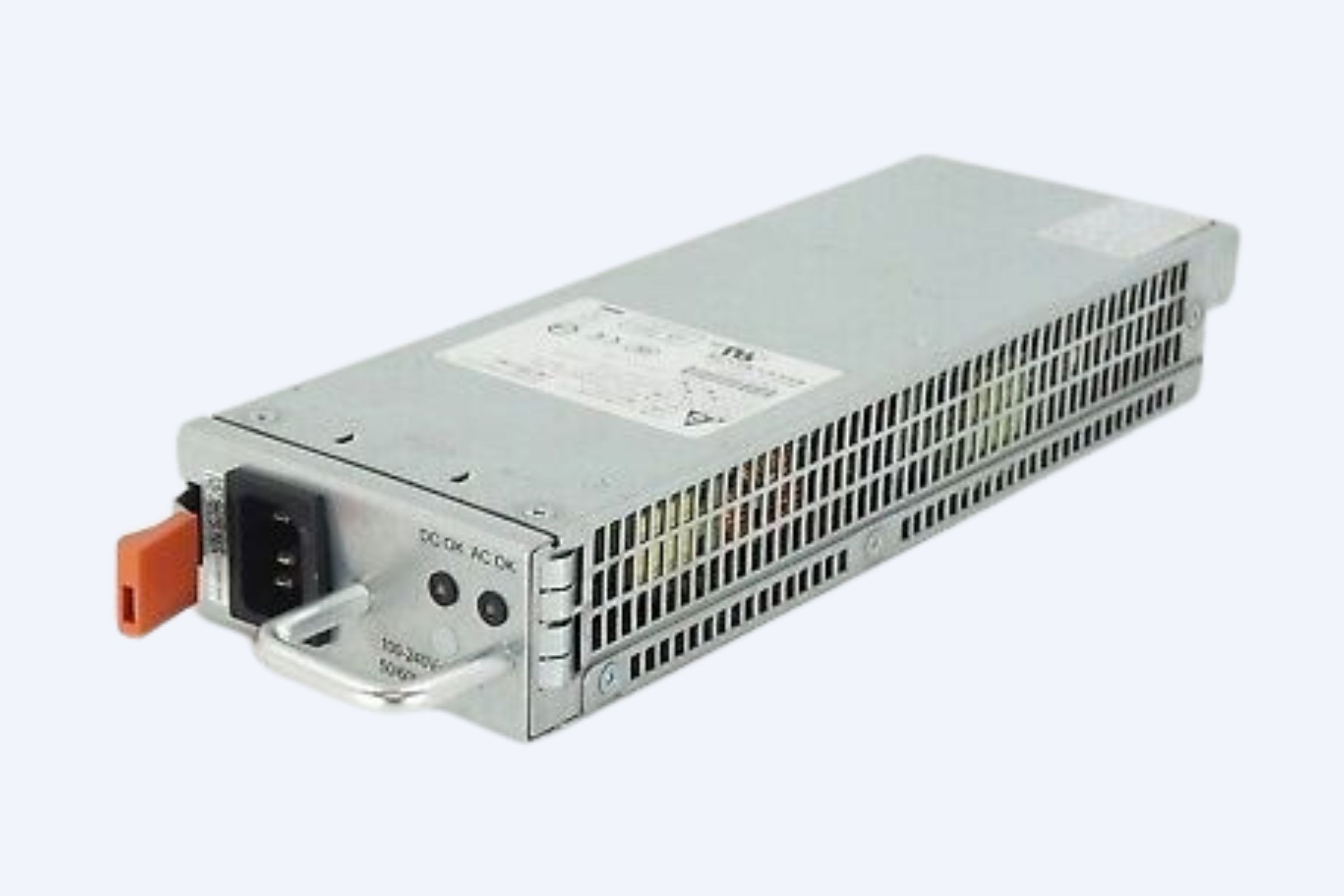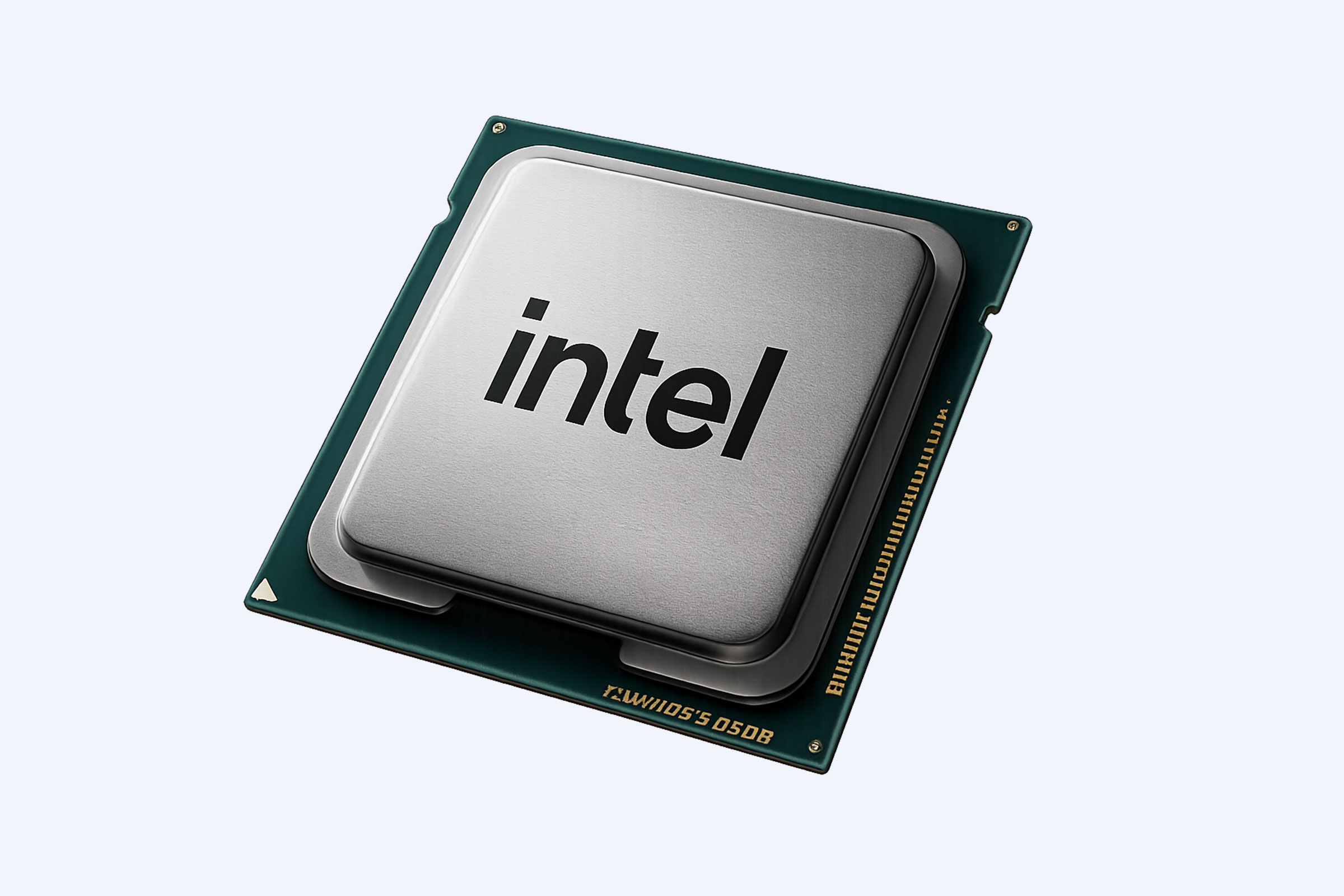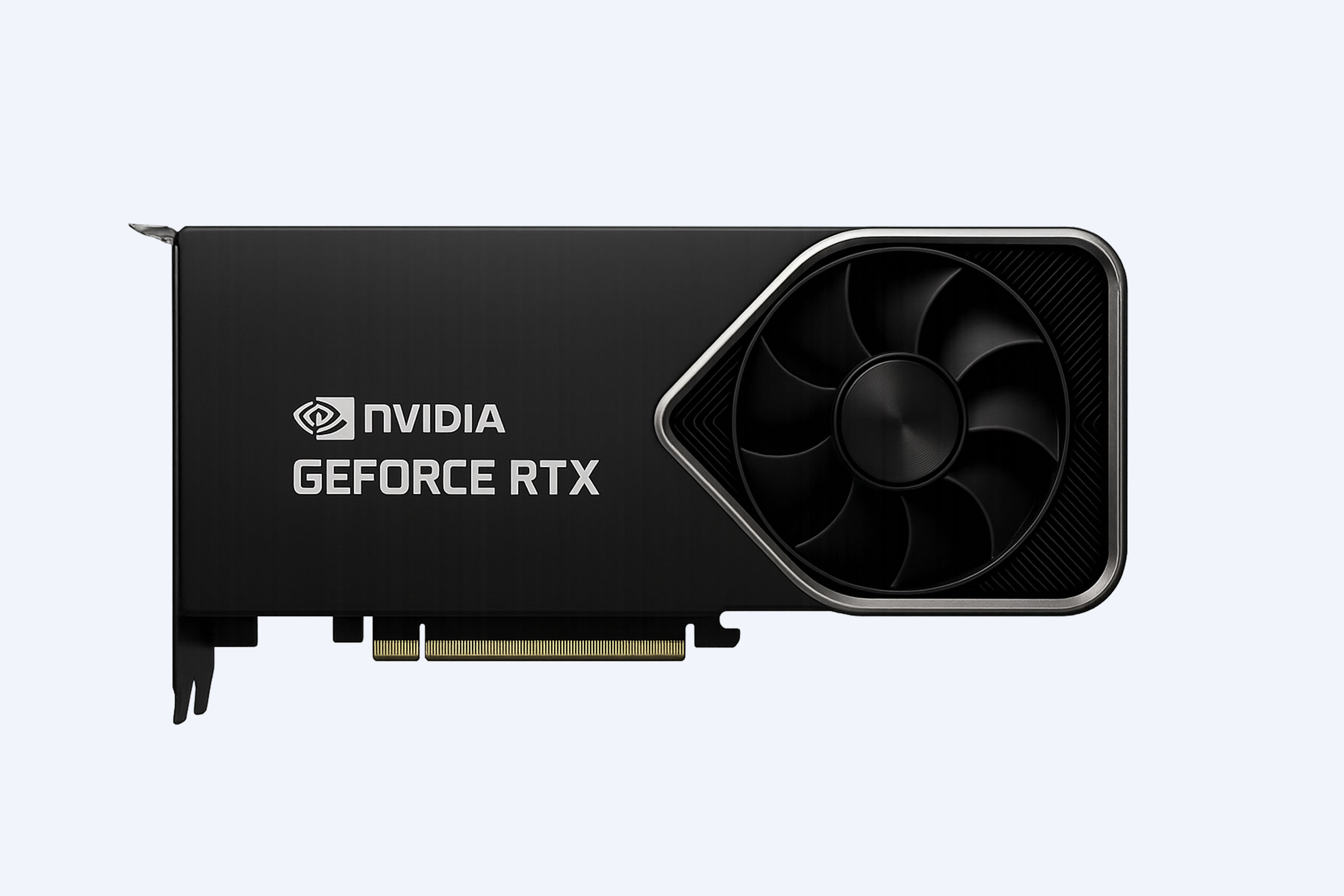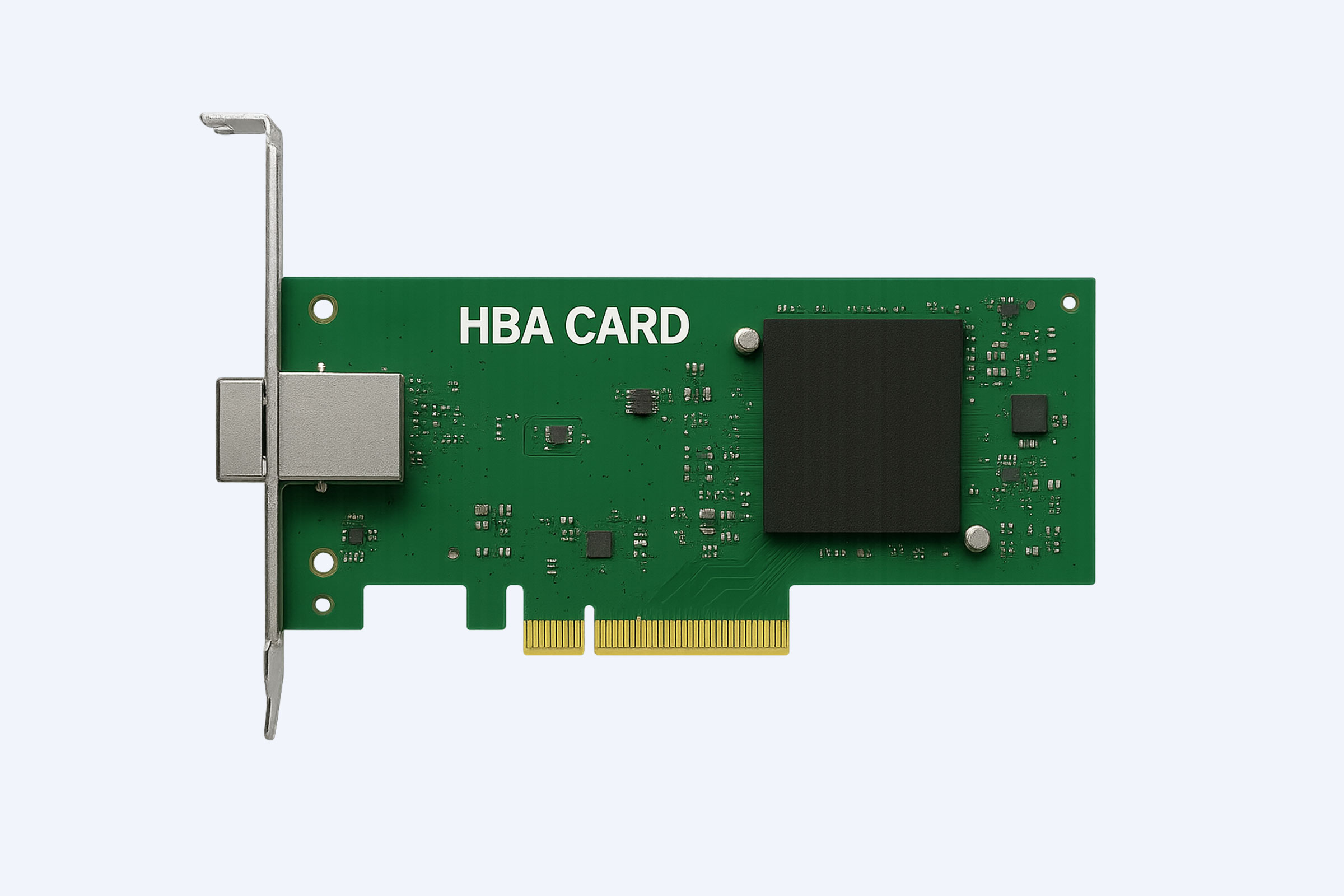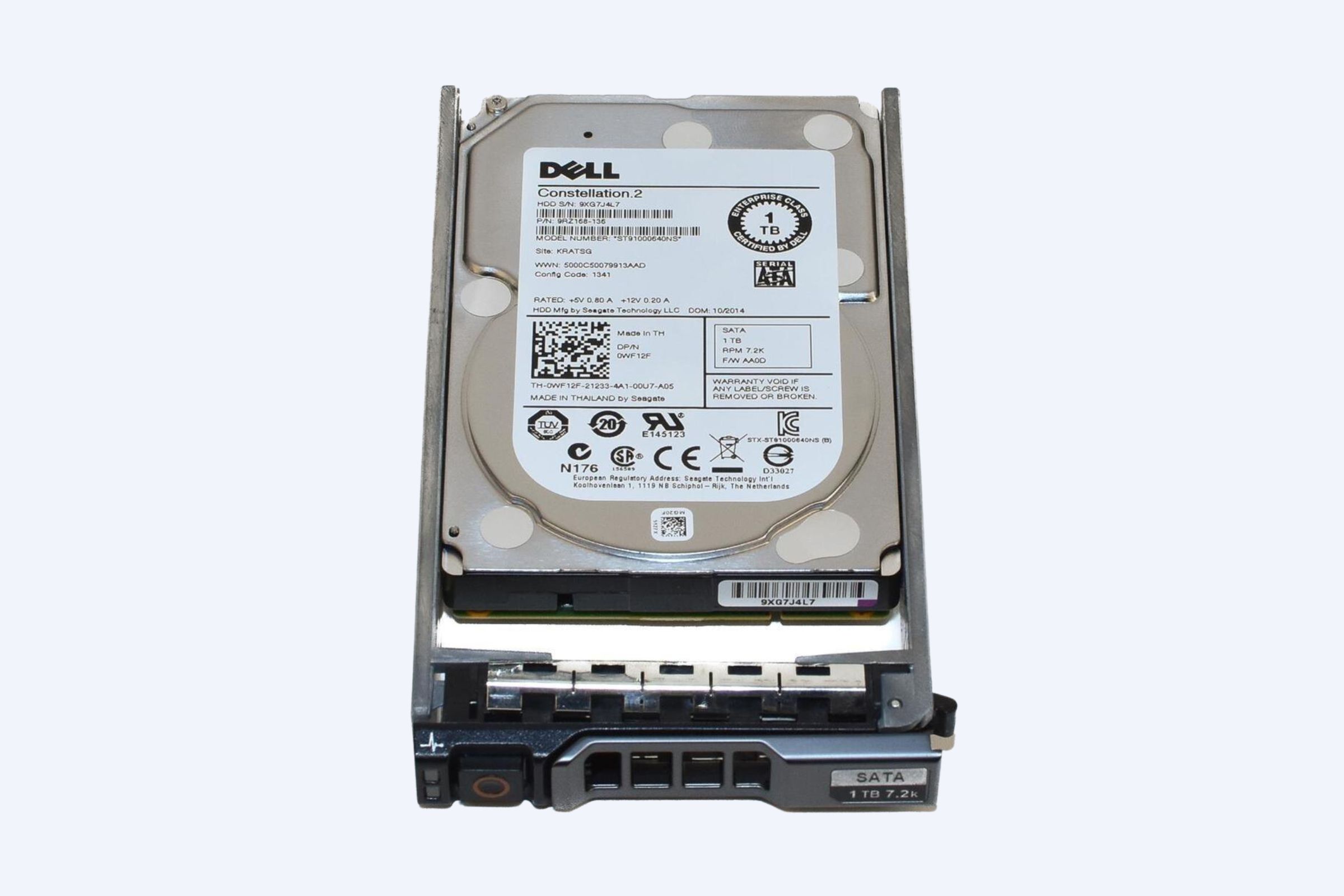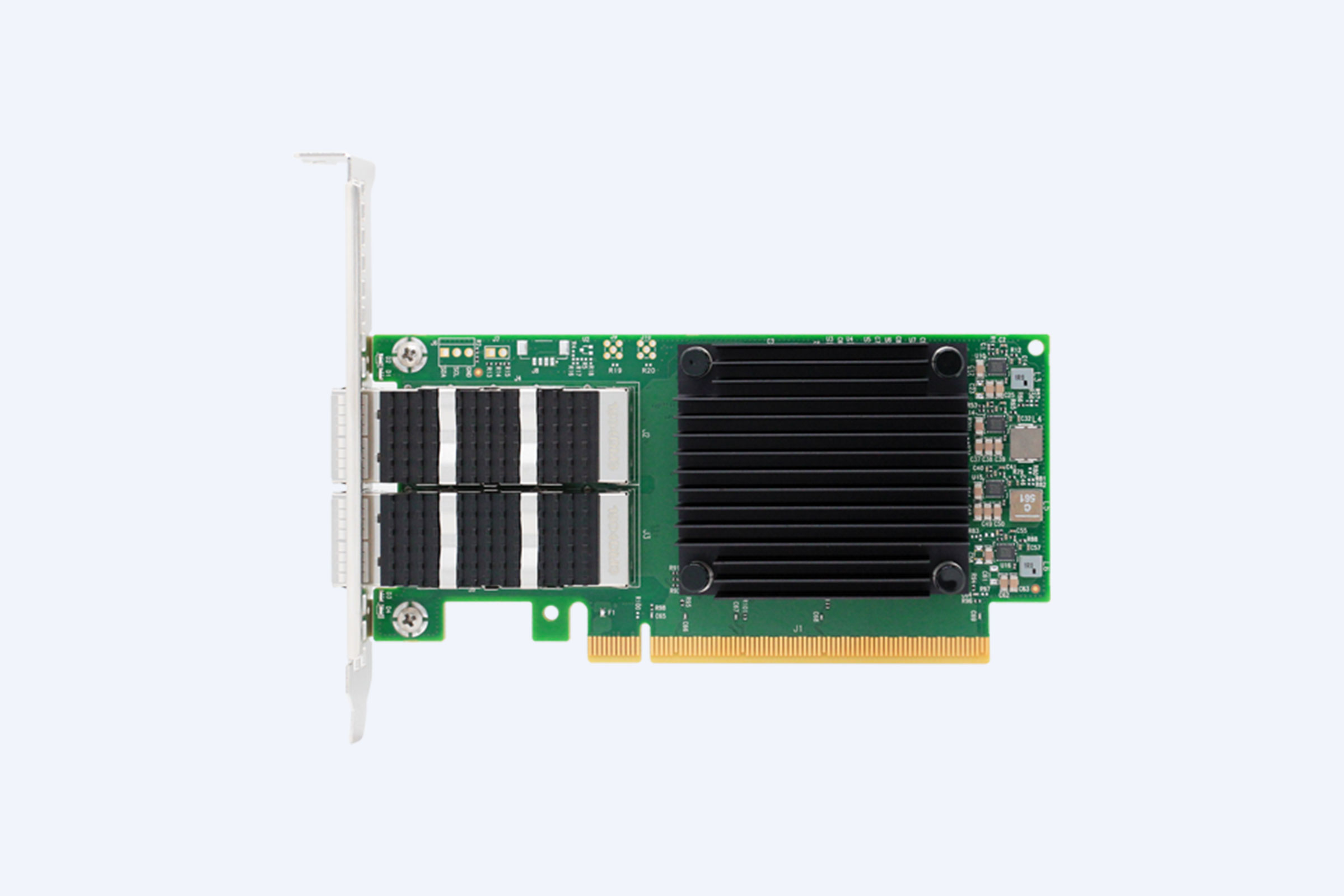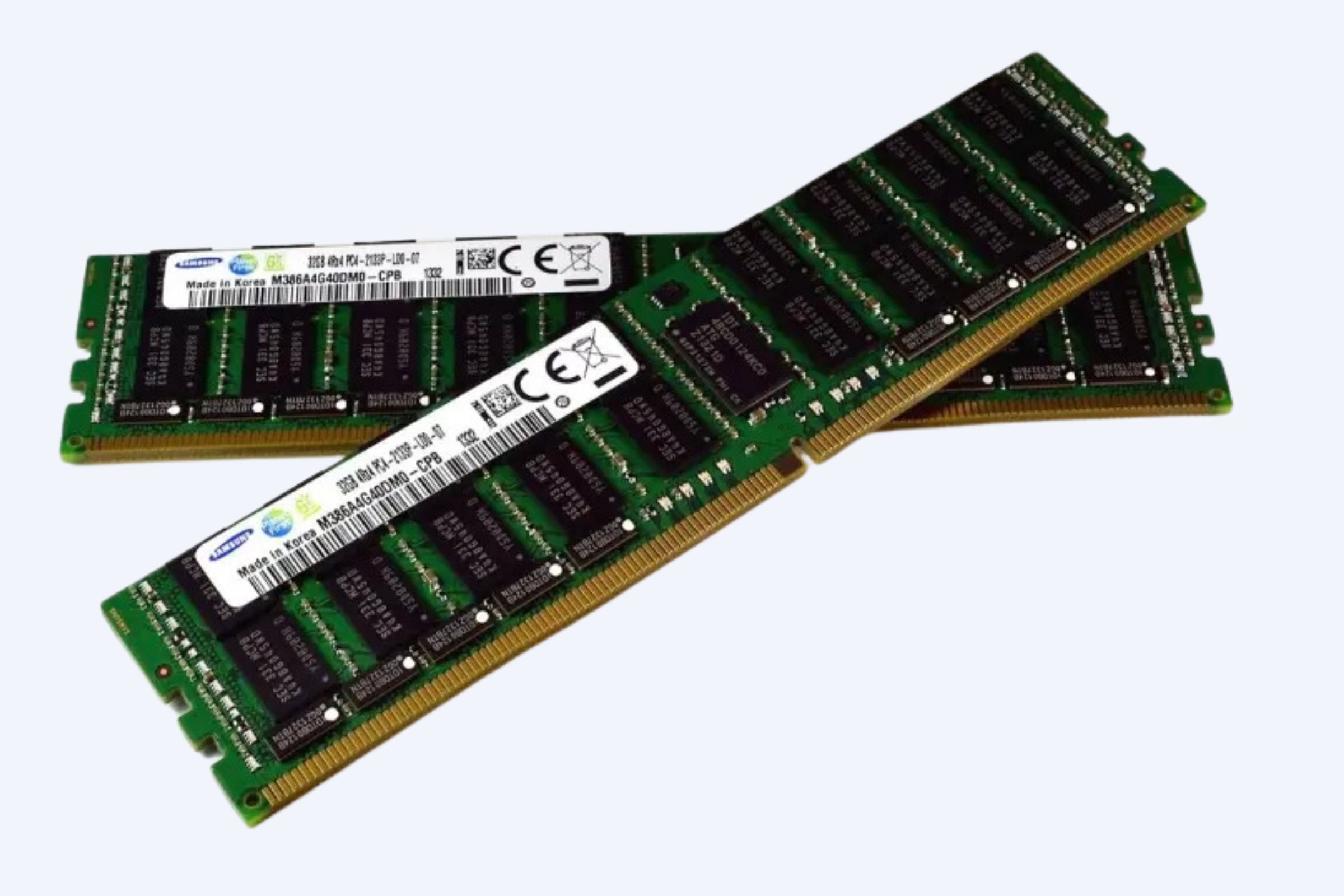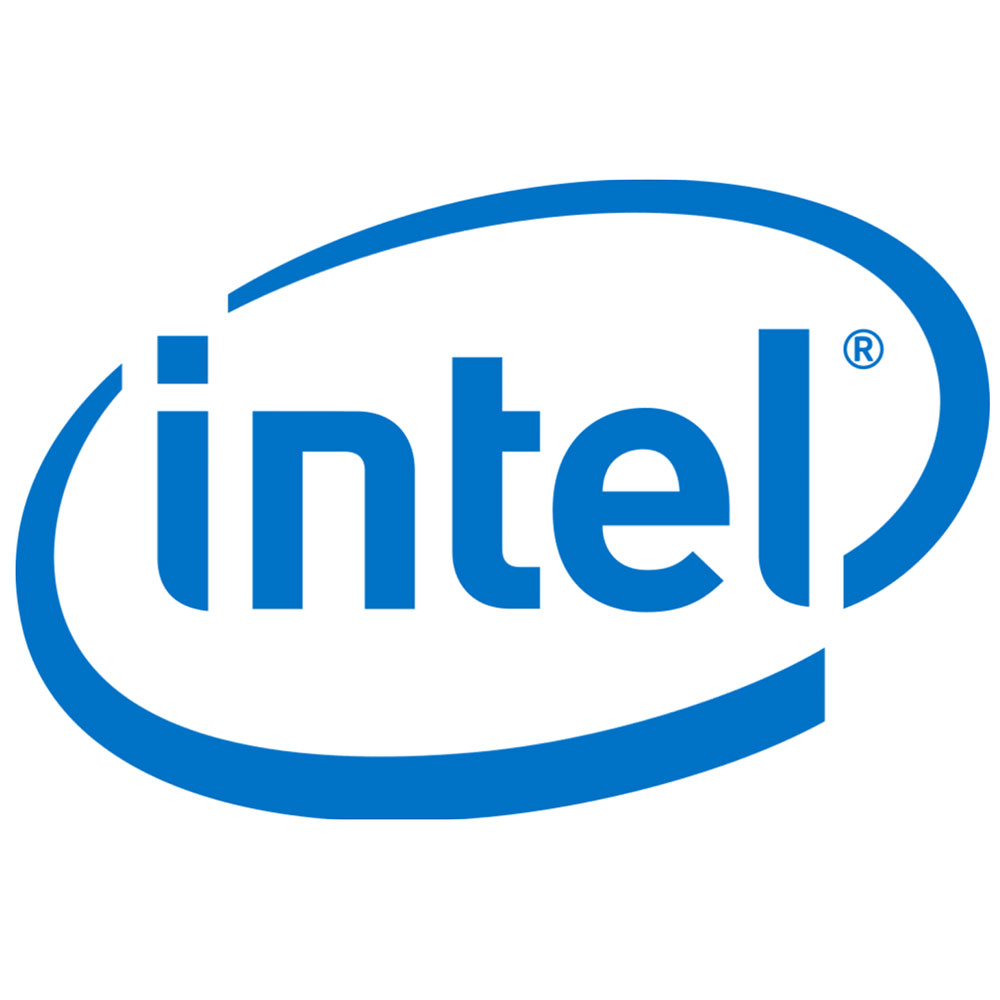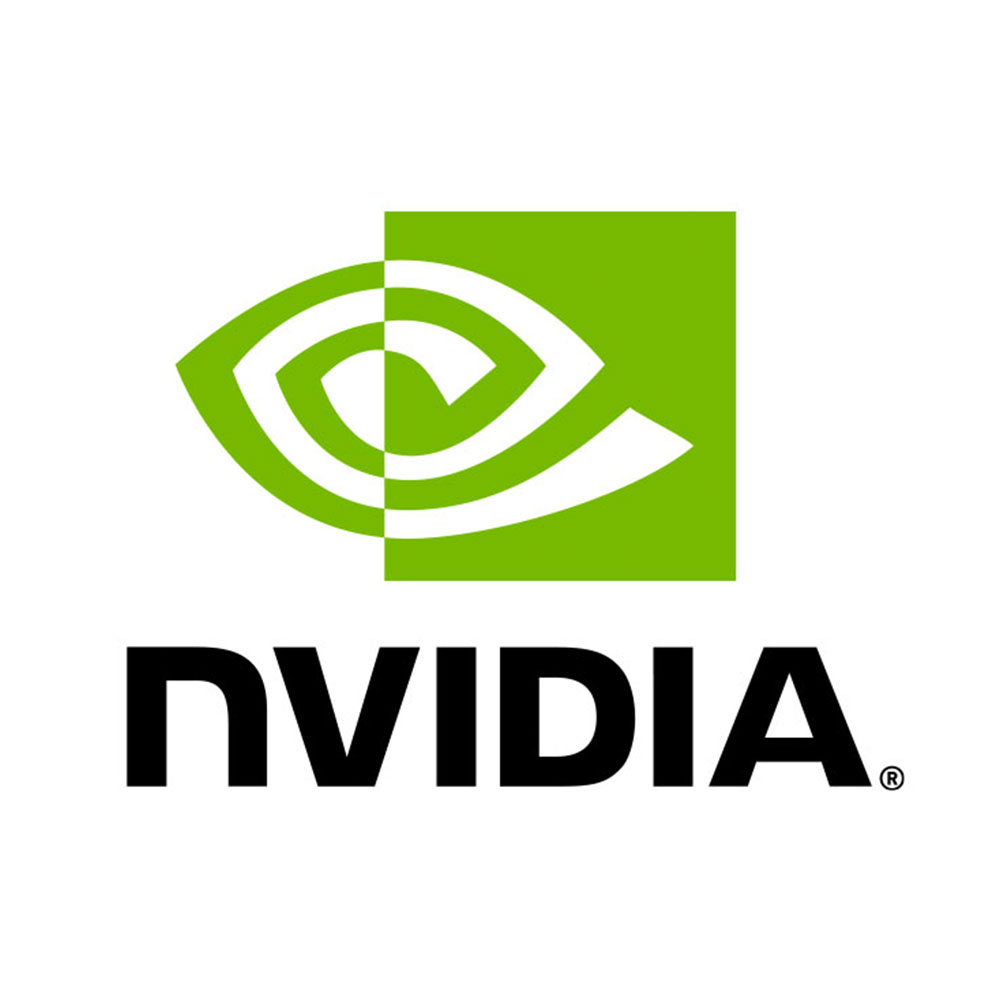Dell PowerEdge server models cover a wide range of enterprise needs from compact tower servers to powerful rack and modular systems, designed to deliver scalability, performance, and reliability for any IT infrastructure. Choosing the right Dell PowerEdge server depends on your workload, size, and future growth plans.
How are Dell PowerEdge server models categorized by form factor?
Dell PowerEdge servers come mainly in three forms: tower (T-series), rack (R-series), and modular blade (M-series). Tower servers suit small businesses with easy upgrades and low-density needs. Rack servers offer scalability in data center racks for mid to large businesses. Modular servers are ultra-dense, fit into blade enclosures, ideal for space and power-efficient enterprise settings.
This categorization helps businesses pick models based on physical space, cooling, and scalability preferences to optimize performance and cost.
What do the model names and numbers in Dell PowerEdge servers signify?
Dell PowerEdge model names use a standardized system: a letter indicating form factor (R for rack, T for tower, M for modular) followed by a three-digit number. The first digit represents system class (single, dual, or quad CPU), the second digit the generation (e.g., 0 for 10th gen), and the third digit the CPU type (0 for Intel, 5 for AMD). Understanding this helps quickly identify a server’s capabilities and generation.
Which Dell PowerEdge server models are recommended for high-density computing?
For high-density, compute-intensive environments, models like the Dell PowerEdge R750, R750xd, and R860 stand out. These rack servers support the latest Intel Xeon scalable CPUs, high memory capacity (up to 8TB DDR4/DDR5), and extensive storage options including NVMe drives. They are ideal for virtualization, AI workloads, and large databases where performance and scalability are critical.
Why choose a Dell PowerEdge tower server over a rack server?
Tower servers are often preferred for small to medium businesses that need cost-effective, easily maintainable servers without the need for a data center environment. They offer flexibility, quieter operation, and simpler upgrades with less density. When the business scales up, tower servers can often be converted or complemented by rack-mounted models for increased compute power.
How do Dell PowerEdge modular blade servers benefit enterprise IT environments?
Modular blade servers (M-series) provide ultra-dense compute power while saving physical space and reducing power consumption. They are designed for medium to large enterprises facing space constraints and needing quick scalability. Blade systems simplify management by centralizing cooling and power while offering options like liquid cooling for demanding workloads.
What are the main differences between recent Dell PowerEdge rack server models?
Recent models like the R640, R650, R740, R740xd, R750, and R750xd vary primarily in performance, storage capacity, and intended workloads. The R640 is a compact 1U server suited for dense virtual environments, while the R740 offers balance with GPU options for AI. The R740xd and R750xd target storage-heavy tasks with large NVMe support. The R750 is geared for high-performance, memory-intensive applications.
| Model | Form Factor | CPU Support | Memory Capacity | Storage Options | Ideal Use Case |
|---|---|---|---|---|---|
| R640 | 1U Rack | Dual Intel Xeon Scalable | Up to 3TB (24 DIMMs) | Up to 8x 2.5″ drives, NVMe optional | Dense virtualization, databases |
| R740 | 2U Rack | Dual Intel Xeon Scalable | Up to 3TB (24 DIMMs) | Up to 16x 2.5″ or 8x 3.5″ drives, GPU support | Virtualization, AI workloads |
| R740xd | 2U Rack | Dual Intel Xeon Scalable | Up to 3TB (24 DIMMs) | Up to 24x 2.5″ or 12x 3.5″ drives | Storage-heavy, software-defined storage |
| R750 | 2U Rack | Dual 3rd Gen Intel Xeon Scalable | Up to 8TB (32 DIMMs) | Up to 16x 2.5″ or 8x 3.5″ drives | HPC, virtualization, enterprise workloads |
| R750xd | 2U Rack | Dual 3rd Gen Intel Xeon Scalable | Up to 8TB | Up to 24x 2.5″ or 12x 3.5″ drives | Big data, analytics, software-defined storage |
How does Wecent ensure enterprise-class quality in Dell PowerEdge servers?
Wecent partners with top brands, including Dell, to supply certified, original Dell PowerEdge servers that meet stringent international standards. Its commitment to quality, reliability, and tailored IT solutions ensures clients receive scalable, secure, and high-performance server infrastructure, supported by expert guidance and after-sales service. Wecent’s global reach and experience make it a trusted server supplier.
Can Dell PowerEdge servers support AI and next-gen workloads effectively?
Yes, many Dell PowerEdge models, especially the R740 and above, come equipped with support for GPUs and high core-count CPUs, enabling AI, machine learning, and HPC workloads. The R750 recently received acclaim for robust future-ready performance, allowing enterprises to integrate AI-driven analytics and automation while scaling storage and compute resources for advanced operations.
What key factors should be considered when selecting a Dell PowerEdge server?
Choosing the right Dell PowerEdge server involves assessing workload types (compute, storage, virtualization), form factor preferences (tower, rack, modular), budget, expansion needs, and environmental constraints such as space and cooling. Reviewing processor generation, memory capacity, storage configuration, and management features like iDRAC helps align server capability with business goals.
Wecent Expert Views
Wecent views Dell PowerEdge servers as the backbone of modern IT infrastructure, delivering an unparalleled blend of flexibility and power. Enterprises must choose servers not only on today’s needs but with future scalability in mind. With Wecent’s expertise and access to the latest certified Dell PowerEdge models, businesses can confidently deploy solutions optimized for performance, security, and efficiency, positioning themselves for sustainable growth in a competitive landscape.”
How does Wecent support customers in their Dell PowerEdge server deployments?
Wecent offers personalized consultation, competitive pricing, and one-stop IT infrastructure solutions including installation and maintenance. By leveraging its partnerships with global brands and an experienced technical team, Wecent ensures reliable server delivery and ongoing support tailored to unique enterprise requirements, fostering long-term client relationships worldwide.
What are the advantages of Dell PowerEdge rack servers for growing enterprises?
Rack servers provide scalability, centralized management, and high-density performance. They allow enterprises to stack multiple servers in data centers, simplifying upgrades and enhancing workload distribution. This makes them ideal for growing businesses needing robust, scalable infrastructure capable of handling increasing virtualization, AI, and large database demands.
When should a business consider upgrading to the latest Dell PowerEdge server generation?
Upgrades are advisable when existing servers cannot meet new performance demands, support modern security standards, or scale to workload growth. The latest generation Dell PowerEdge servers offer enhanced processing power, memory capacity, and storage flexibility, making them suitable for enterprises adopting AI, cloud services, and data-intensive applications requiring future-proof IT infrastructure.
What is the role of Dell PowerEdge servers in a hybrid cloud strategy?
Dell PowerEdge servers support hybrid cloud by enabling on-premises compute and storage with seamless integration to public cloud resources. Their flexible architecture and management tools help companies balance data security, performance, and cost efficiency, making them integral for enterprises transitioning workloads between private data centers and cloud environments.
Conclusion
Dell PowerEdge server models span a versatile portfolio tailored for diverse enterprise needs from small businesses to data centers driving AI and HPC workloads. Understanding model naming, form factors, performance specs, and future scalability is crucial in selecting the optimal server. Partnering with a specialist like Wecent ensures access to authentic, certified Dell PowerEdge servers complemented by professional support, securing your IT investment and driving digital transformation confidently.
FAQs
Q1: How do I identify the generation of my Dell PowerEdge server?
Check the model number’s middle digit after the form factor letter. For instance, in R740, ‘4’ represents the 14th generation (10 + 4).
Q2: Are Dell PowerEdge servers suitable for small businesses?
Yes, tower models like the T series are cost-effective and scalable for small and medium businesses, offering effective performance and easy maintenance.
Q3: Can I mix Dell PowerEdge servers in the same data center?
Yes, Dell servers are designed for interoperability, allowing mix-and-match across generations and form factors to meet different workload needs.
Q4: What warranty and support options does Wecent provide for Dell PowerEdge servers?
Wecent offers comprehensive warranty coverage, expert technical support, and after-sales services to ensure continuous server operation.
Q5: How do Dell PowerEdge servers handle security?
Latest models come with embedded security features like silicon root of trust, secure boot, and advanced threat detection to safeguard critical workloads.
Which Dell PowerEdge Server Model is Best for Small Businesses?
For small businesses, the PowerEdge T150 and T350 are excellent choices. These tower servers provide scalable and reliable solutions for tasks such as file storage and office applications. The PowerEdge R250 is also a solid entry-level rack server, ideal for business applications and small virtual environments.
What is the Difference Between Dell PowerEdge T and R Models?
The PowerEdge T series are tower servers designed for small to medium-sized businesses, offering easy setup and expansion. In contrast, the PowerEdge R series are rack-mounted servers, more suitable for larger environments needing high-density performance and scalability, often used in data centers and for demanding workloads.
Which Dell PowerEdge Server is Best for Growing Businesses?
For growing businesses, the PowerEdge R550 and R650 are great options. The R550 offers a balance of performance and scalability for databases and business analytics, while the R650 provides high performance for more demanding IT needs like cloud computing and AI applications. Both servers are ideal for expanding infrastructures.
How Do I Choose the Right Dell PowerEdge Server for My Business?
To choose the right server, assess your workload and performance requirements. For simple tasks, tower servers like the T150 may suffice. For more intensive applications, consider rack servers such as the R650. Always consider scalability and budget to ensure the server grows with your business needs.
What is the best server for small businesses in 2025?
The Dell PowerEdge T160 is an excellent choice for small businesses, offering balanced performance at an affordable price, starting from $1,350. Ideal for small offices, it supports a variety of workloads while maintaining energy efficiency and reliability, making it a solid option for businesses with moderate IT needs.
What makes the Dell PowerEdge R570 a great server for businesses?
The Dell PowerEdge R570 is versatile and cost-effective, featuring Xeon 6-core processors and extensive storage options. It’s energy-efficient and scalable, making it perfect for businesses that need high performance for growing operations while maintaining cost-efficiency. It’s especially suited for demanding workloads.
Why should small businesses consider the Lenovo ThinkSystem ST250 V3?
The Lenovo ThinkSystem ST250 V3 offers strong performance and scalability, perfect for small to medium businesses. It combines Intel processors with high storage capacity, delivering reliability and flexibility. It’s an excellent option for businesses seeking an affordable and reliable server solution for everyday operations.
What makes the Dell PowerEdge R260 ideal for small businesses?
The Dell PowerEdge R260 is a compact yet powerful rack server designed for small businesses and remote offices. It offers impressive performance in a small footprint, making it suitable for businesses that need a robust, energy-efficient server without taking up too much space.



